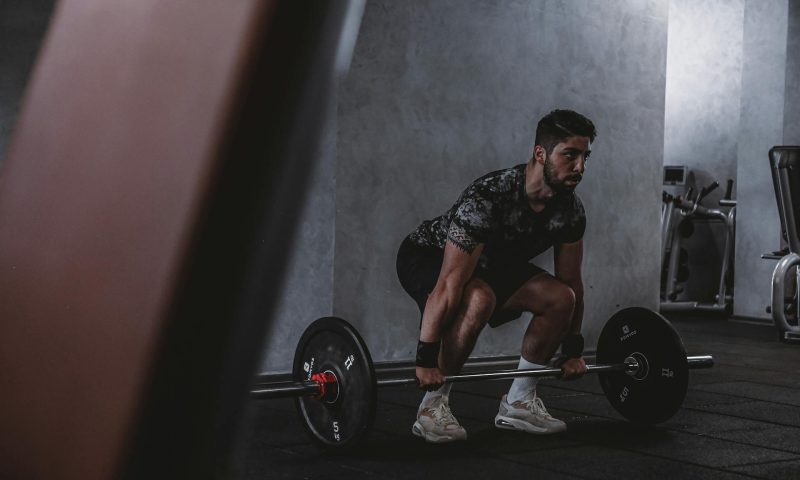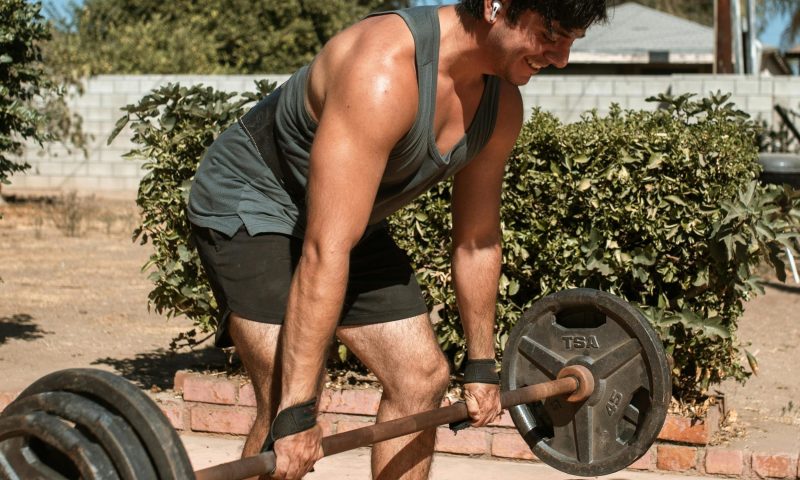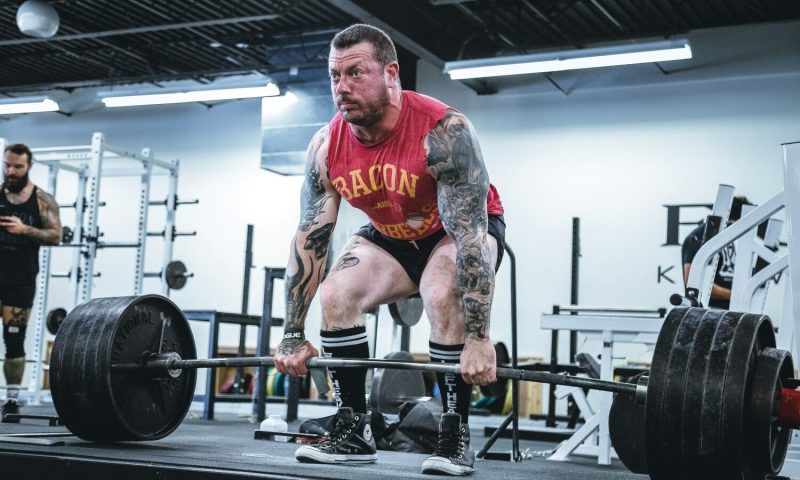According to the National Strength and Conditioning Association, “In terms of positive changes and strength progressions in short- or long-term adaptation, there are few substitutes for the deadlift. The positive changes in bone density, muscle mass, resting metabolic rate, decreased low back pain, and even dynamic strength development emphasize the importance of the deadlift.”
This is a great illustration of why I, as a personal trainer, include deadlifts in weekly programming for nearly all my clients. But how often should you deadlift to get the best results? Keep reading to find out!
How often should you deadlift to see results?

To see results from deadlifting, most people benefit from performing the exercise one to two times per week. Beginners often thrive with just one weekly session, allowing enough time for recovery and adaptation.
Intermediate and advanced lifters may deadlift twice weekly, with varying intensity or rep schemes across sessions. The key is balancing frequency with recovery — deadlifting too often without proper rest can lead to diminishing returns.
For most lifters, progress comes from consistent training over time, not frequent max-effort lifts. As strength improves, adjusting volume and intensity becomes more important than simply increasing how often you deadlift.
Signs you’re deadlifting too often (or not enough)

If you’re deadlifting too often, you may notice fatigue that lingers for days, reduced performance in your workouts, or nagging aches in your lower back, hips, or hamstrings. Lack of motivation and stalled progress can also be signs of overtraining.
On the other hand, deadlifting too infrequently — less than once a week — can make it hard to build strength or improve technique. Inconsistent training may lead to slower results and poor form retention.
The sweet spot is training often enough to challenge your body while giving yourself enough recovery to feel fresh, strong, and ready for each session.
Example deadlift training plans

A beginner might deadlift once per week, focusing on 3–4 sets of 5–8 reps at moderate intensity This helps build a solid foundation without overloading the body. Also, form should be the priority for beginners, as the deadlift can be a more difficult exercise to master.
Intermediate lifters could benefit from a two-day split: one heavy day with 3–5 reps and one volume or speed-focused day using lighter weights and 6–10 reps or faster bar speed.
Advanced athletes often use periodized programs, alternating between strength, hypertrophy, and power phases over weeks or months. Variations like deficit deadlifts, Romanian deadlifts, or trap bar pulls can be included in a routine to address weak points and reduce repetitive strain.
Tips to maximize deadlift gains without burning out

To maximize gains without burning out, consider implementing the following:
- Prioritize recovery by getting adequate sleep and effectively managing stress.
- Eat enough protein and calories to fuel performance and growth.
- Use proper form and progressive overload, gradually increasing weight or reps over time.
- Incorporate mobility work and thorough warm-ups to keep your joints healthy and muscles flexible.
- Limit maximal-effort sets, as most gains come from submaximal training done consistently.
- Use variations wisely. For example, you could swap in rack pulls, tempo deadlifts, or trap bar deadlifts to reduce wear and tear while maintaining progress.
While all of these tips are important, the most vital is that you always listen to your body. If you’re ever feeling run-down or your performance dips, take a deload week or reduce training volume temporarily.




